Why is a Marg Alternative Required?
Marg is known for its comprehensive ERP solutions for SMEs, particularly in billing and accounting. However, many businesses seek alternatives due to the steep learning curve, limited mobile functionality, and challenges in managing cloud sync and multi-user access. As businesses increasingly prioritize simplicity, accessibility, and real-time data management, they look for solutions that offer more flexibility and ease of use.
myBillBook provides a more intuitive and accessible option for businesses looking for a scalable solution that streamlines billing, inventory, and GST compliance without compromising on
What Makes myBillBook a Better Alternative to Marg?
myBillBook outshines Marg in several key areas:
- User-Friendly Interface: Unlike Marg, which can be complex for non-technical users, myBillBook is designed for simplicity, allowing business owners and staff to navigate the software with ease.
- Mobile and Cloud-Friendly: myBillBook offers robust mobile compatibility and real-time cloud sync, ensuring that your business data is accessible anywhere, anytime, unlike Marg’s more desktop-centric approach.
- Hassle-Free GST Compliance: myBillBook simplifies GST calculations and return filing, automating the process to reduce manual errors, which is often a cumbersome process with Marg.
- Cost-Effective with Transparent Pricing: myBillBook offers affordable pricing plans with no hidden fees, while Marg’s ERP solutions can be more expensive and often require additional modules for basic functions.
- 24/7 Customer Support: myBillBook provides round-the-clock customer support, whereas Marg users often report challenges in receiving timely assistance.
These advantages make myBillBook a more versatile and customer-friendly alternative to Marg.
myBillBook’s top features as a Marg Alternative

Effortless Billing and Invoicing
Generate professional invoices quickly, with customization options to match your business needs. myBillBook makes invoicing simple and efficient, ensuring fast payments.
Advanced Inventory Management
Keep track of stock levels, receive alerts for low stock, and conduct inventory audits effortlessly. myBillBook’s inventory management is streamlined for businesses of all sizes.
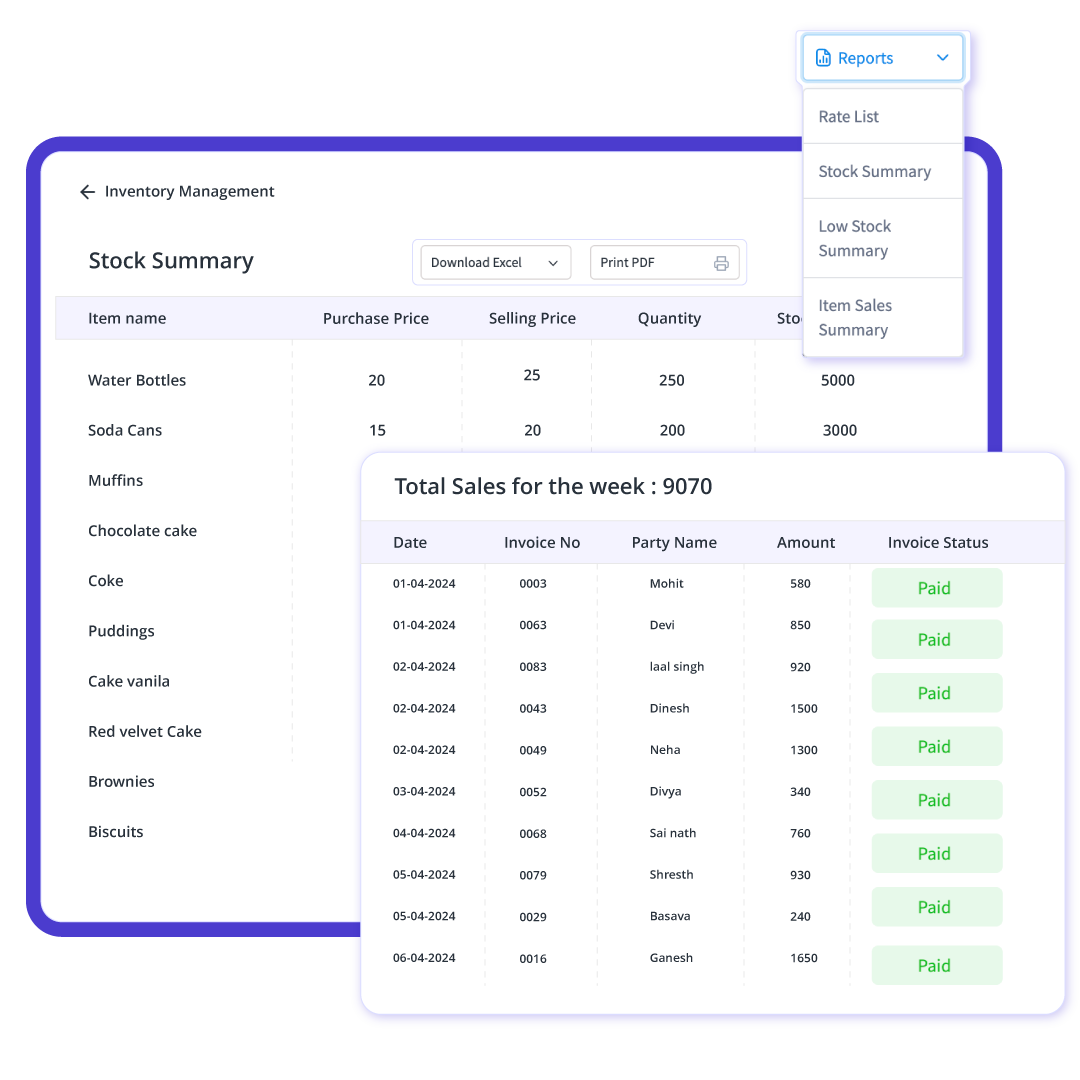
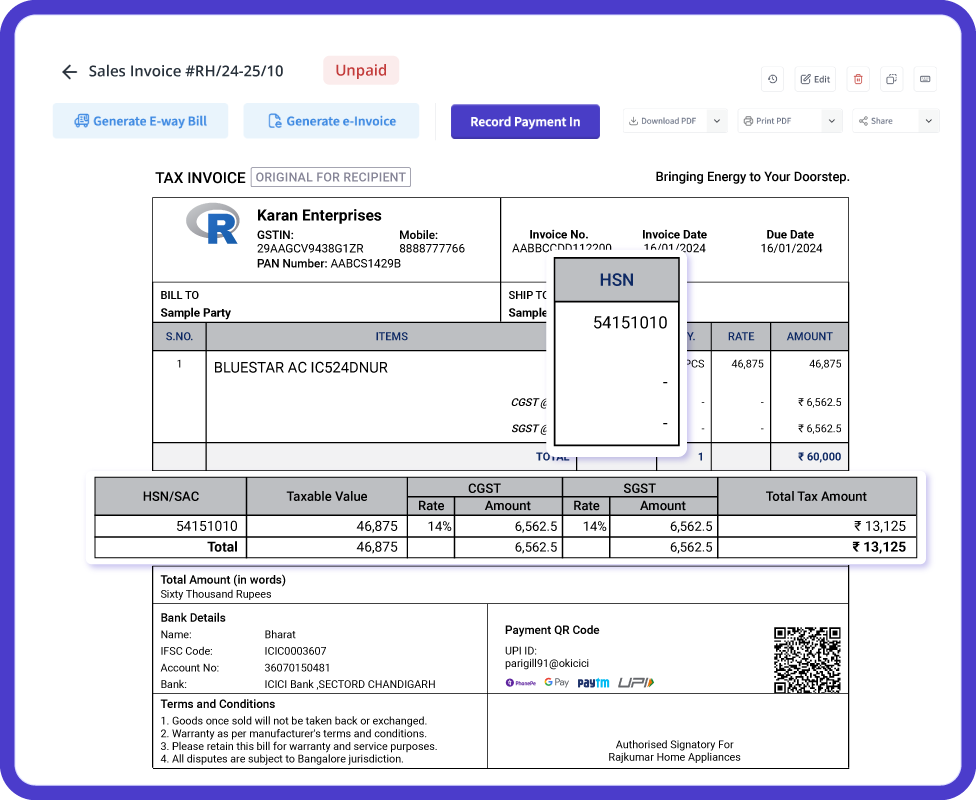
GST Compliance Made Easy
Automate GST calculations and returns with myBillBook’s built-in GST tools, ensuring your business remains compliant without additional effort.
Multi-User Access
Manage multiple users with role-based access, allowing teams to work together efficiently while controlling access to sensitive data.
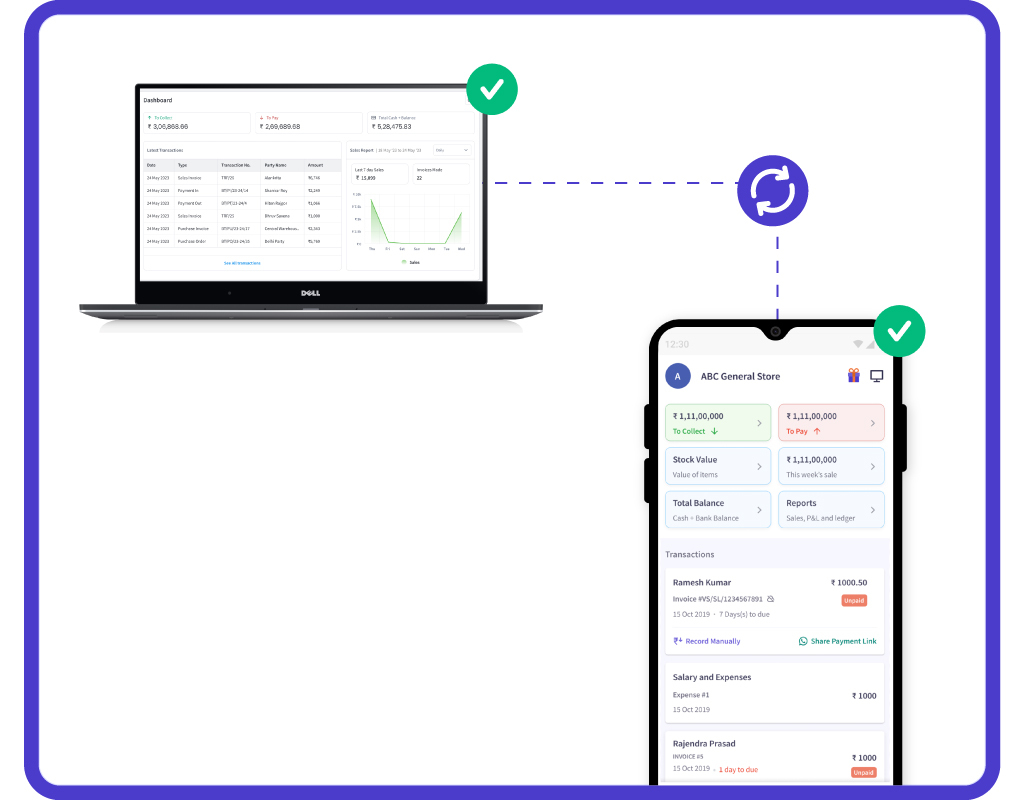
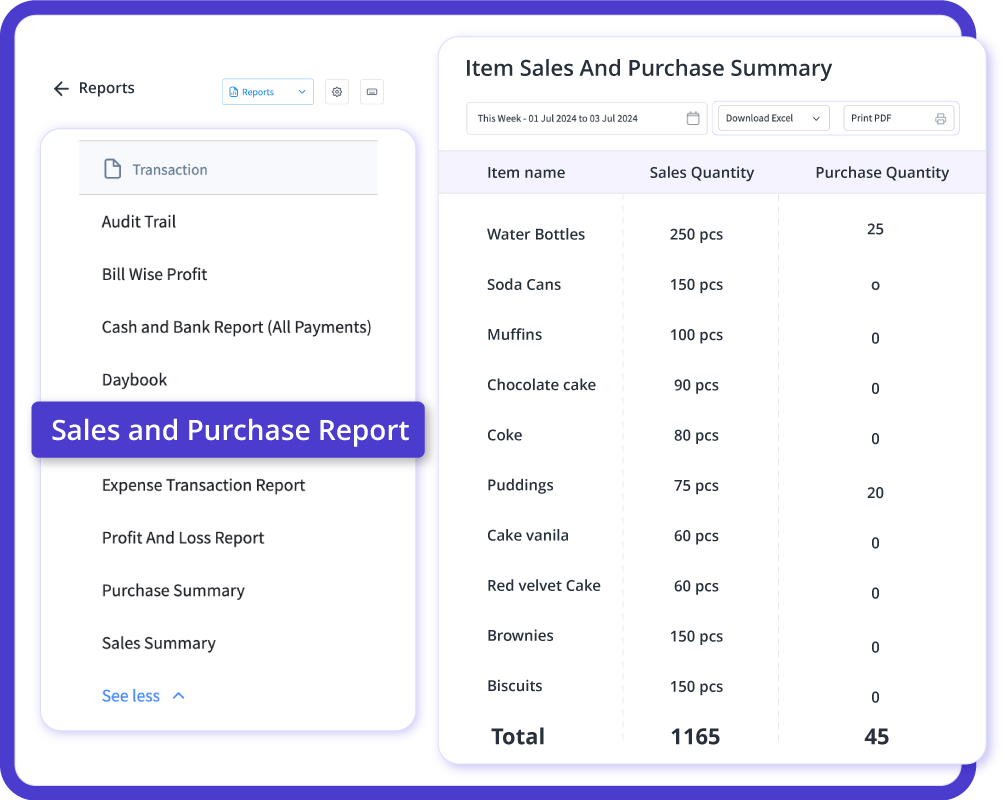
Mobile App and Cloud Sync
With full mobile functionality and real-time cloud sync, myBillBook ensures that your business operations are accessible on the go, with automatic data backups.
Detailed Reporting and Analytics
Get comprehensive insights into your business with detailed reports on sales, inventory, and financials, helping you make data-driven decisions.
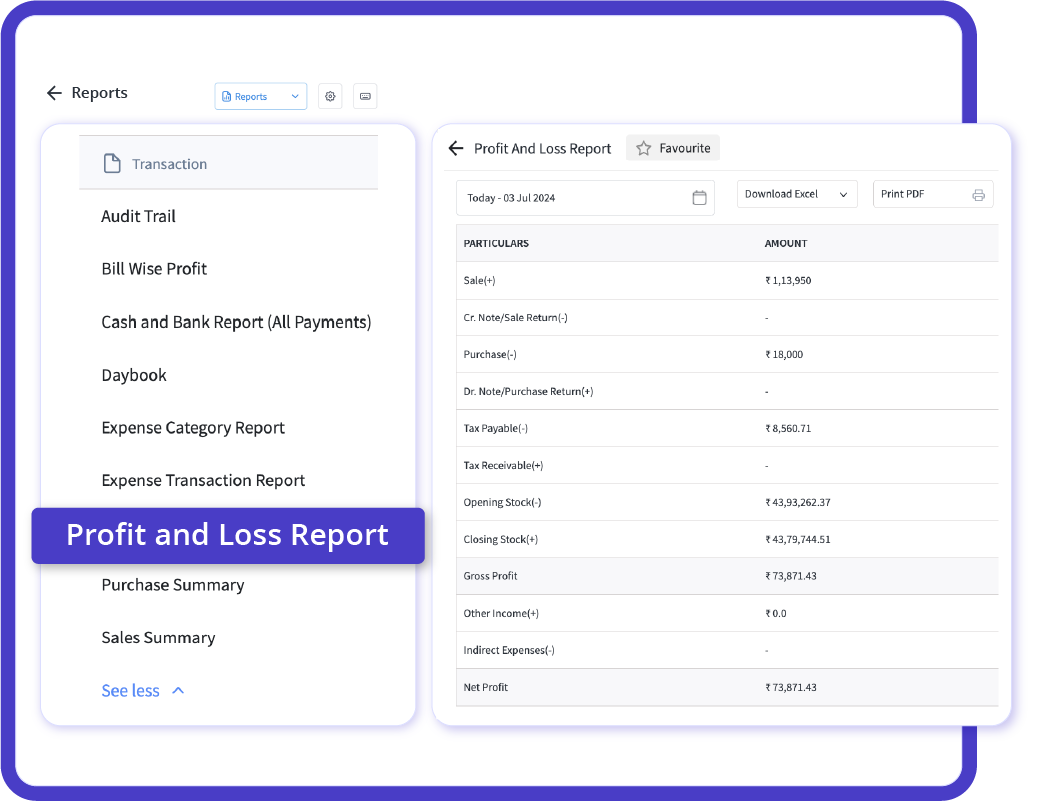
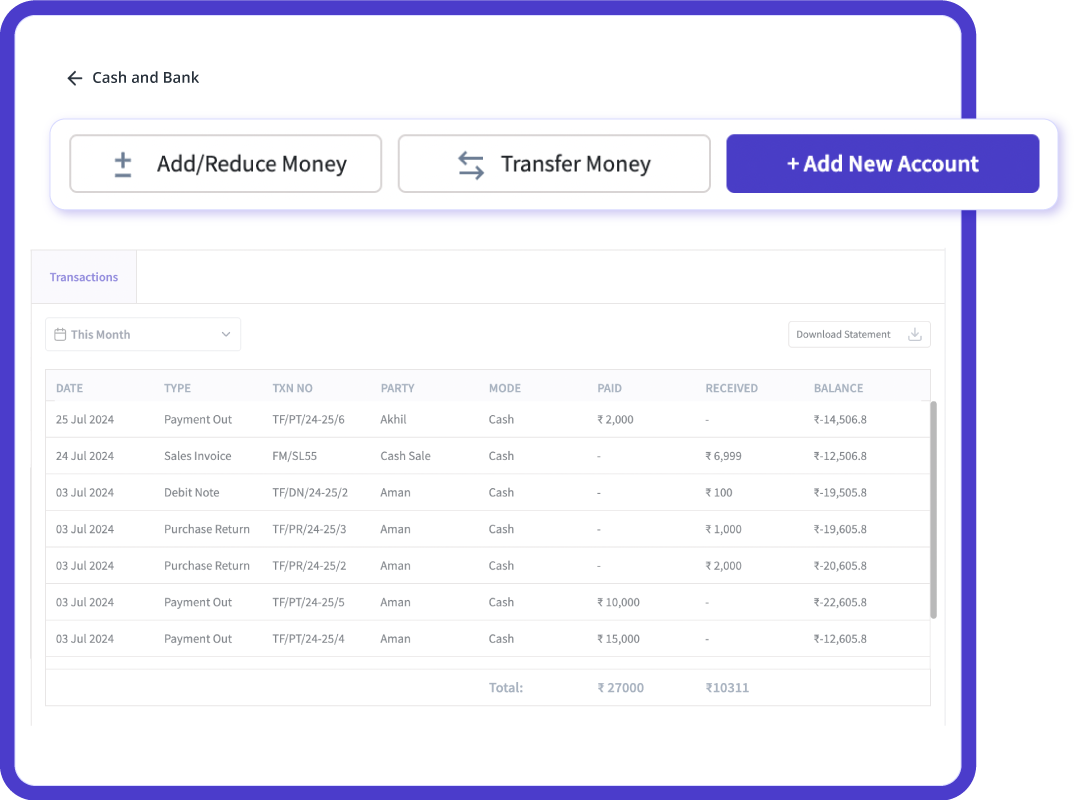
Expense Tracking and Profit Analysis
Track your expenses and manage profits with myBillBook’s intuitive financial tools, designed to help you optimize your business operations.
Product Demo for Marg Alternative
Customers Who Switched to myBillBook as an Alternative to Marg
“We found Marg too complex for our growing team. myBillBook’s simplicity and mobile accessibility made it much easier to manage our invoicing and inventory in real-time.”

Anand Pharmaceuticals,
Ahmedabad
“We needed a more affordable option than Marg. myBillBook’s cost-effective pricing, along with better support and cloud sync, made the switch worthwhile for us.”

Shekhar Textiles,
Hyderabad
“Marg worked well initially, but as our business expanded, we needed a more flexible and mobile-friendly solution. myBillBook delivered with easy-to-use features and seamless GST compliance.”

Nandi Stationers,
Bengaluru





Pricing plans
Diamond Plan
₹217
Per month. Billed annually. Excl. GST @18%
✅ Create unlimited invoices
✅ Add up to 1 business + 1 user
✅ Inventory management
✅ App + Web support
✅ Priority customer support
✅ GSTR reports in JSON format Popular
Platinum Plan
₹250
Per month. Billed annually. Excl. GST @18%
Everything on Diamond Plan +
✅ Add up to 2 business + 2 user
✅ 50 e-Way bills/year
✅ Staff attendance + payroll
✅ Godown management
✅ Whatsapp and SMS marketing Popular
Enterprise Plan
₹417
Per month. Billed annually. Excl. GST @18%
Everything on Platinum Plan +
✅ Custom invoice themes
✅ Create your online store
✅ Generate and print barcode
✅ POS billing on desktop app
✅ Unlimited e-Invoices & e-Way bills
FAQs
Can I migrate my data from Marg to myBillBook?
Yes, myBillBook offers a smooth data migration process from Marg, ensuring no disruptions to your business operations.
Is myBillBook GST-compliant?
Absolutely. myBillBook automates GST calculations, return filing, and reporting, ensuring that your business remains fully compliant.
Does myBillBook work on mobile app?
Yes, myBillBook is available on both desktop and mobile devices. Its mobile app allows you to manage your business on the go, with real-time cloud sync ensuring your data is always up-to-date.
What kind of businesses can use myBillBook?
myBillBook is versatile and caters to a wide range of businesses, including retail, wholesale, service-based businesses, and manufacturers, making it a perfect alternative to Vyapar.
What support does myBillBook offer?
myBillBook provides 24/7 customer support, dedicated onboarding assistance, and a library of resources to help users get the most out of the software.

